After ten months traversing the uncharted interior of North America, Lewis and Clark finally arrived at the final leg of their historic journey at the point where the Snake River converges with the long sought after Columbia River. Although they may have felt disappointment at not having found a transcontinental river, surely there was also a feeling of pride in all they had accomplished throughout their long journey. From this juncture on the members of the expedition paddled their keel boats through wild rapids and calm waters on a trip that took them through the changing landscape of the Pacific Northwest.
Today’s adventure seekers can make their own discoveries along the trail carved out by the Corps of Discovery and find the places, flora and fauna mentioned in Clark’s journals. Here are just a few of the best stops to make when you the route the Lewis and Clark Expedition took over two hundred years ago. Pair these attractions with any of our recommended historic books about the Northwest.
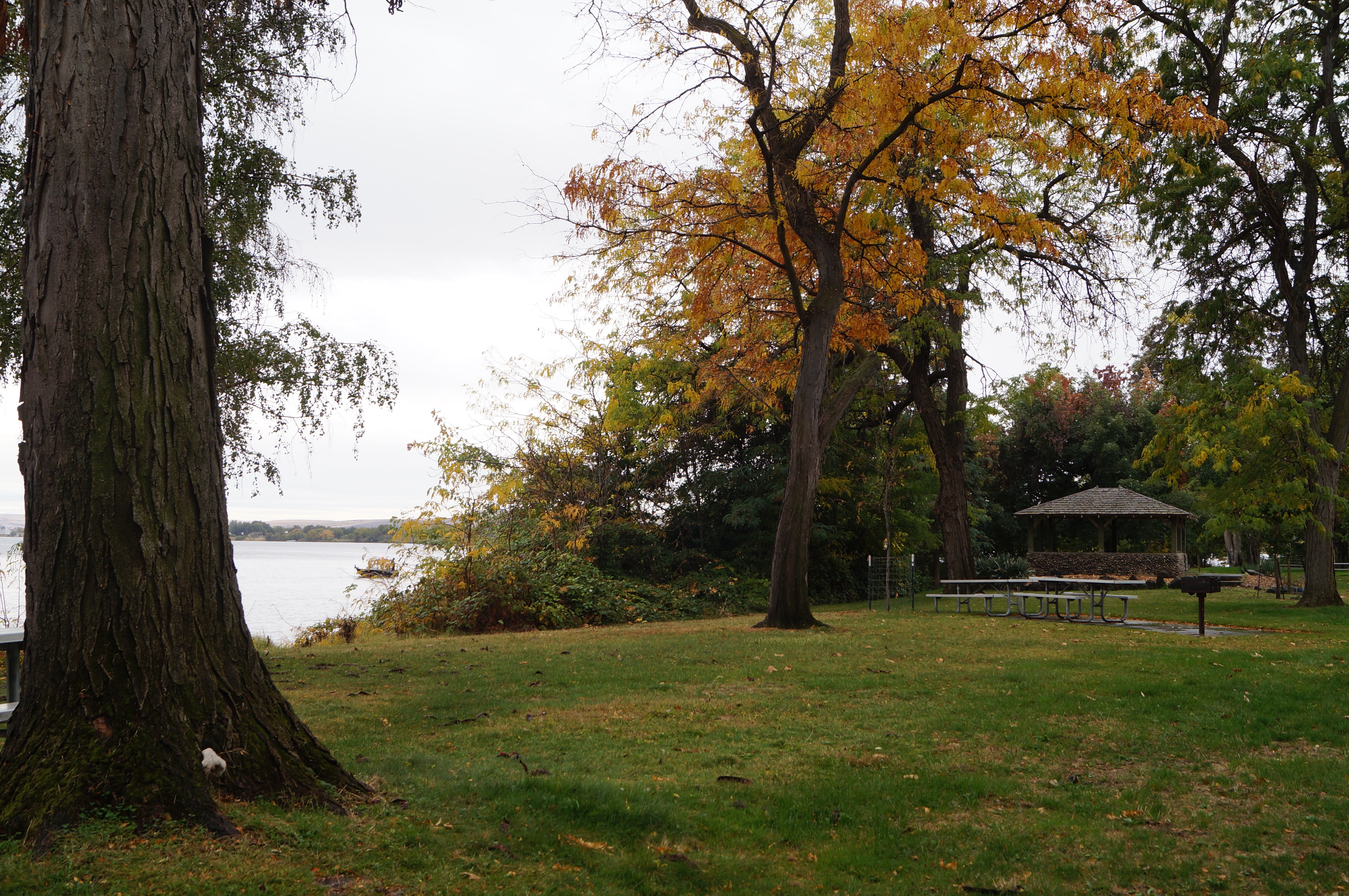
Sacajawea State Park, Dena Weigel Bell
Sacajawea State Park, Pasco, WA
Sacajawea State Park, named for Lewis and Clark’s only female crew member, now claims the tip of the peninsula where the Snake and Columbia rivers converge. You’ll still find clear water filled with salmon and the desert setting reported by Clark, but today you’ll also be able to witness the bustling river traffic of the Tri-Cities.
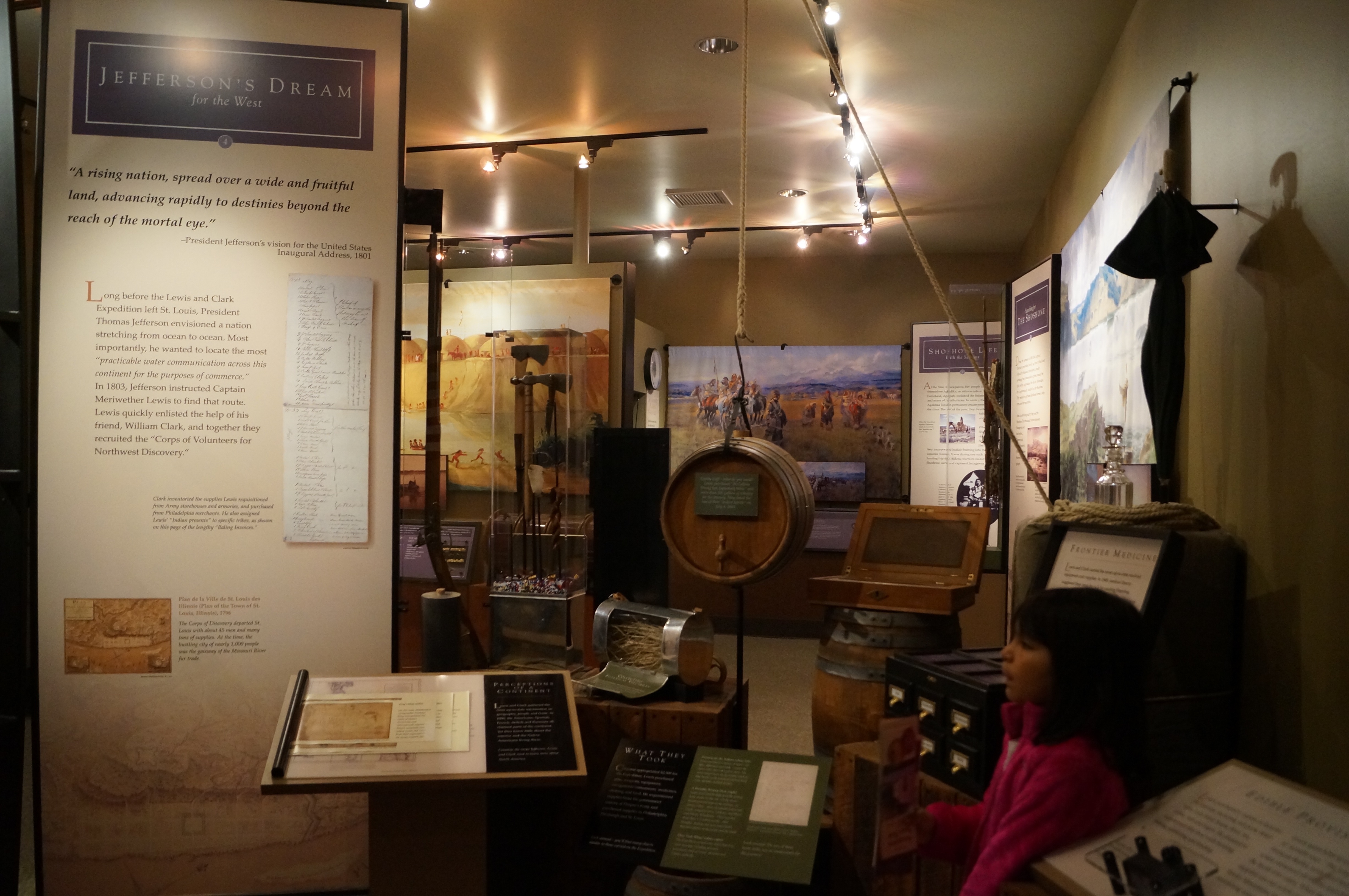
Sacajawea State Park, Dena Weigel Bell
Sacajawea Interpretive Center, the on-site museum located in the center of the park, contains several examples of items carried by the Corps, as well as a collection of traditional Nez Perce Nation artifacts, including a full-scale replica of a straw hut.
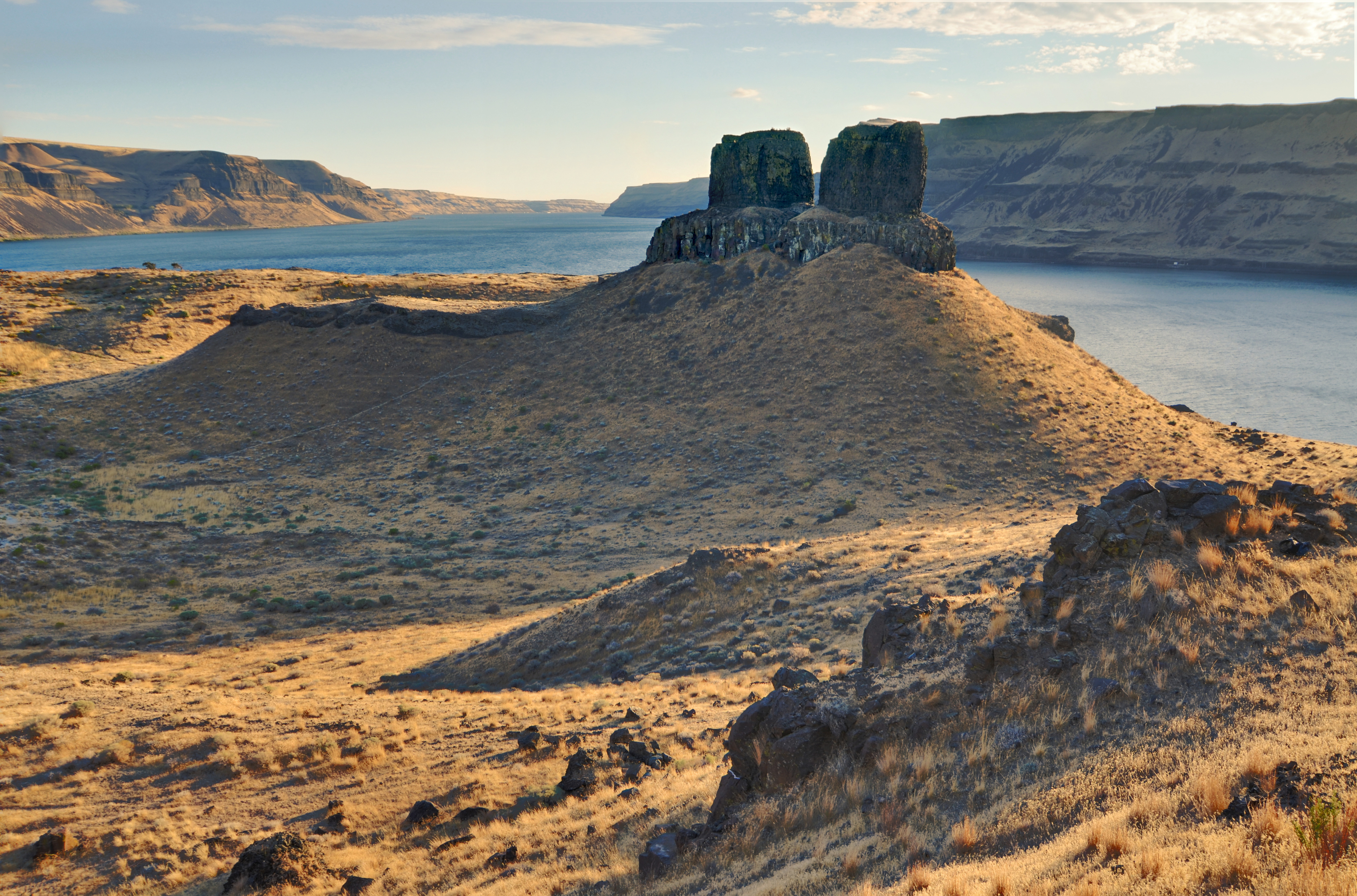
Daniel Parks, Flickr Creative Commons
McNary National Wildlife Refuge, WA
Hit the road and head south to MacNary National Wildlife Refuge, where the Pacific Flyway, a north-south migratory route for hundreds of species of birds, allows you to see many of the same species that Clark recorded in his journal. Along with waterfowl, shorebirds, songbirds and birds of prey you might also spot coyotes, deer, and turtles.
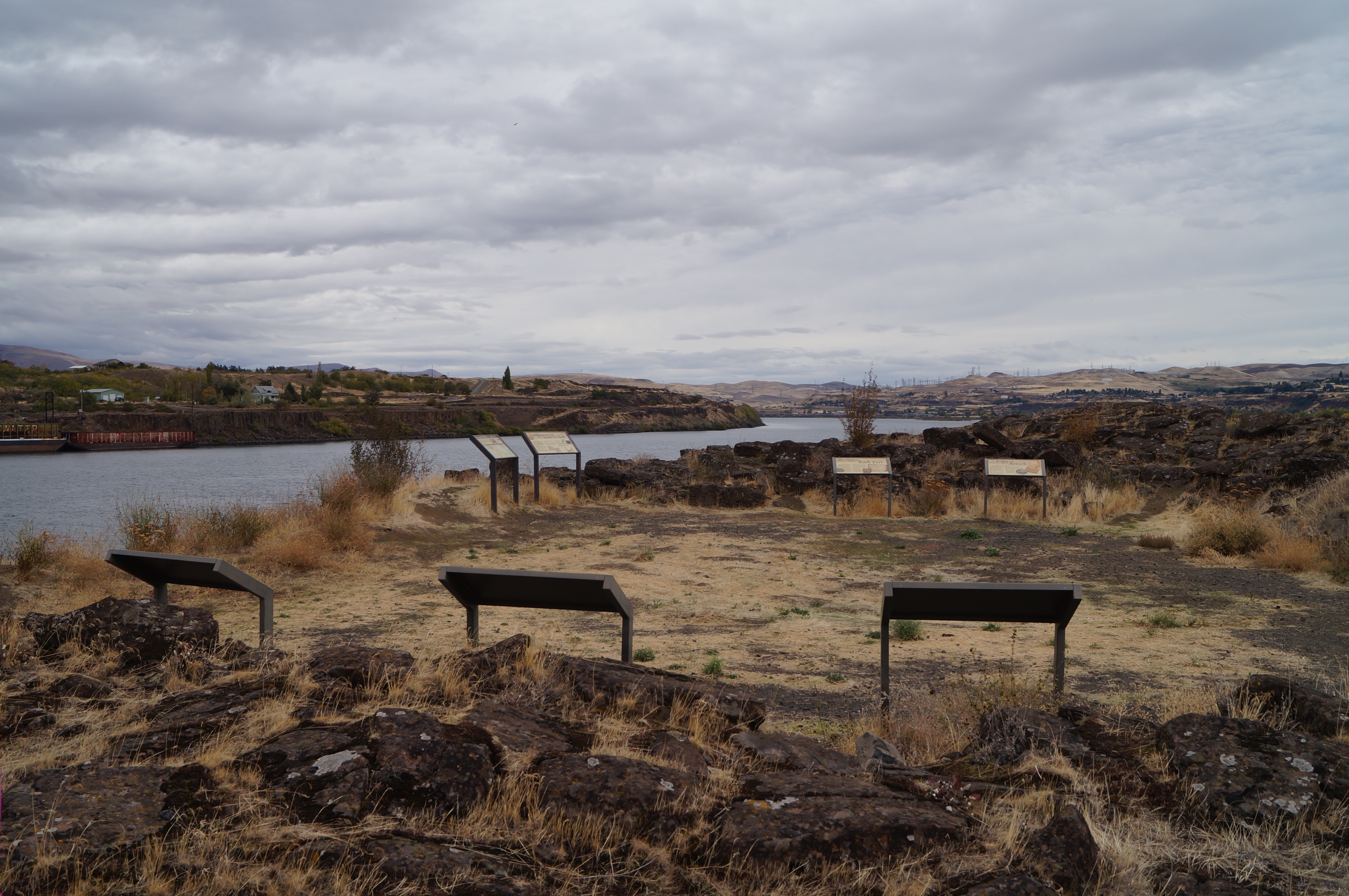
Rock Fort at The Dalles, photo by Dena Weigel Bell
The Dalles, OR
After navigating through several rapids described by Clark as, “agitated gut Swelling (water), boiling & whirling in every direction” the captains found refuge on a rocky patch of ground on the Oregon shore. Entrance to the site on The Dalle’s First Street is easily missed, but worth the trip. A cleared spot on the ground hints at the place where the crew removed rocks in order to build the fort they inhabited for three days and you can still walk among the foundation stones they used, although it’s still quite rocky terrain and caution is encouraged.
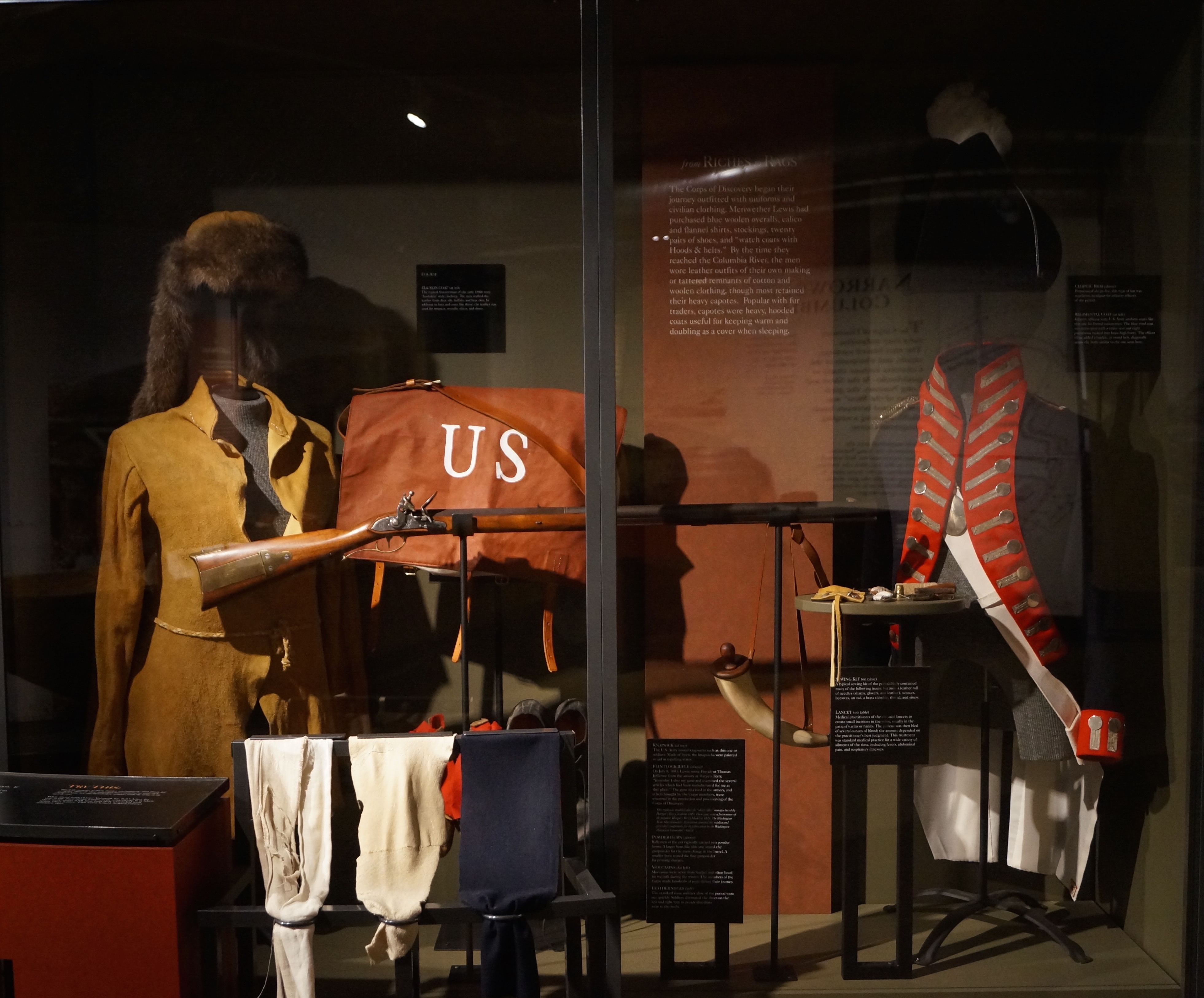
The Lewis and Clark Interpretive Center, photo by Dena Weigel Bell
Ilwaco, WA
“Ocian in view! O! the joy,” Clark wrote in his journal on November 5, 1805. The Corps of Discovery had traveled 450 miles and spent 54 days on the Columbia River when they finally came to the end of their journey.
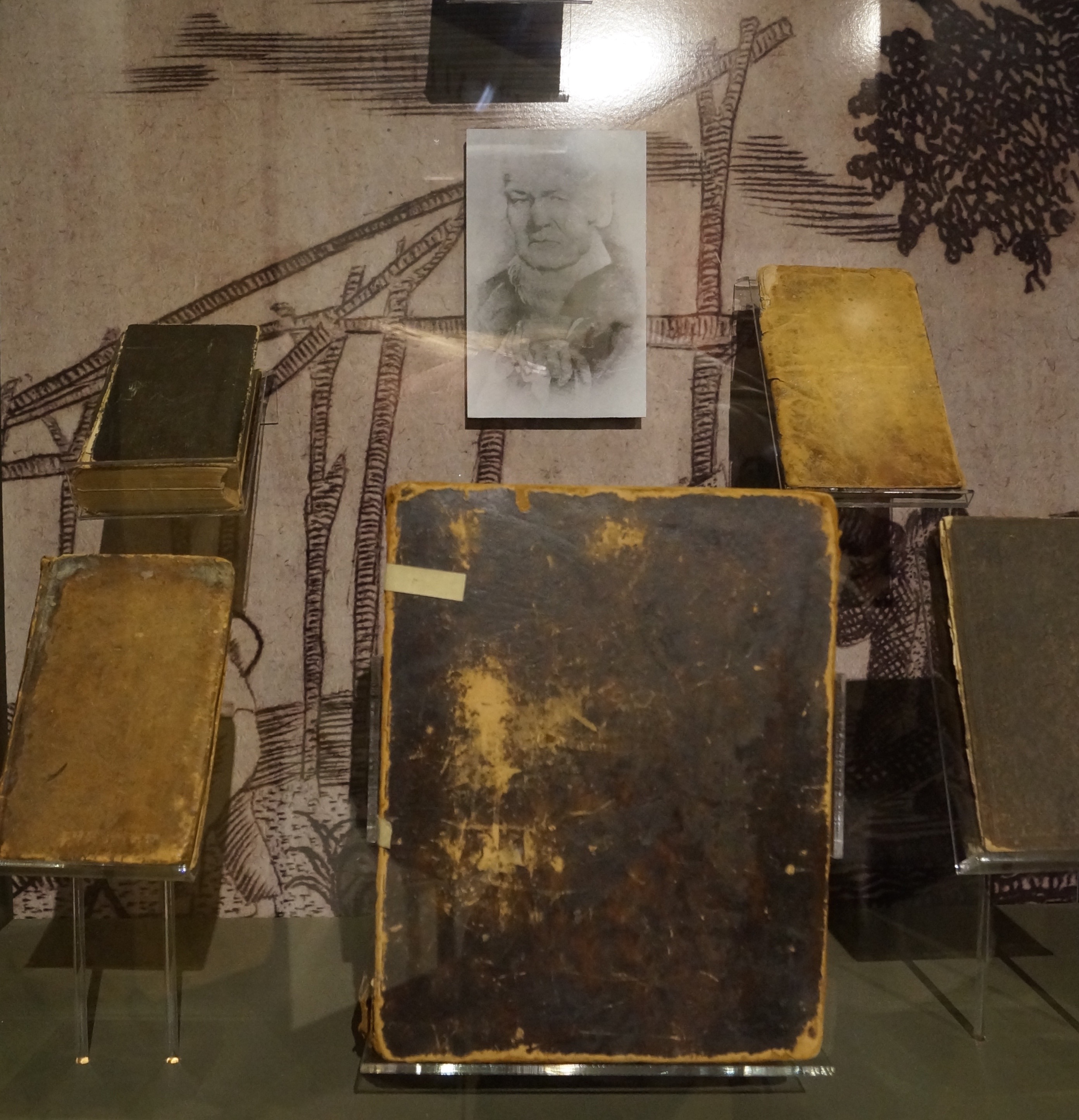
Patrick Glass’s published journal at the Lewis and Clark Interpretive Center, Dena Weigel Bell
The Lewis and Clark Interpretive Center at Cape Disappointment near Ilwaco, WA presents their entire journey in a comprehensive display of every aspect of the journey, their clothes, equipment, and what they discovered along the way. Of particular note is a copy of a journal kept by crew member Patrick Glass. It was published in 1807 and was the first complete accounting of the expedition to be widely available. (Captain William Clark’s journal was first published in 1904.)
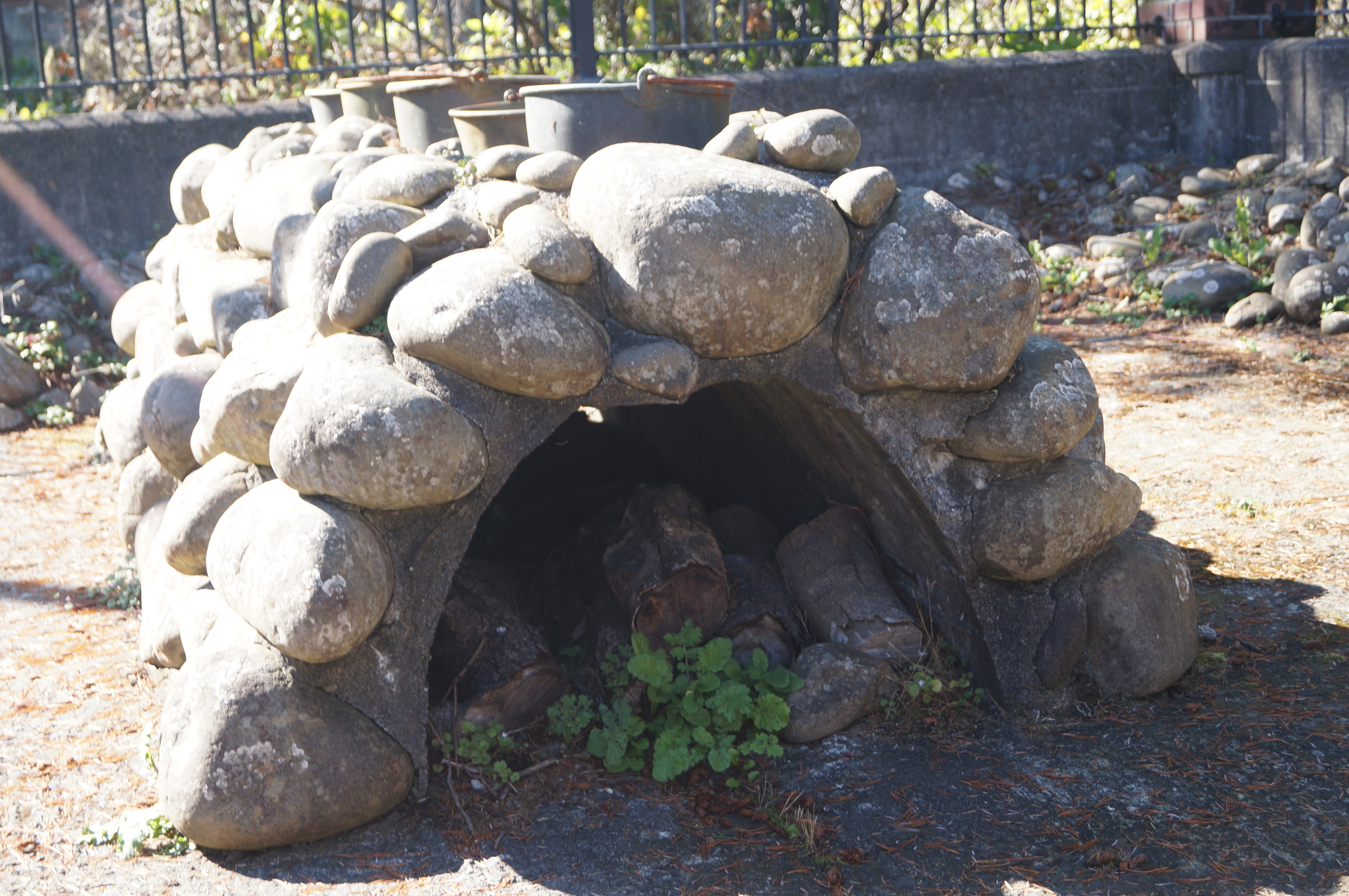
Lewis and Clark Salt Works, Dena Weigel Bell
Seaside, OR
If Lewis and Clark and their crew were to survive the winter on the coast they knew it would be imperative to preserve the ample amount of wild game they were culling from the woods. A party was dispatched to the coast to harvest salt from seawater, producing between three to five bushels of salt during their stay. You can see a version of their salt works in Seaside on Lewis and Clark Way.
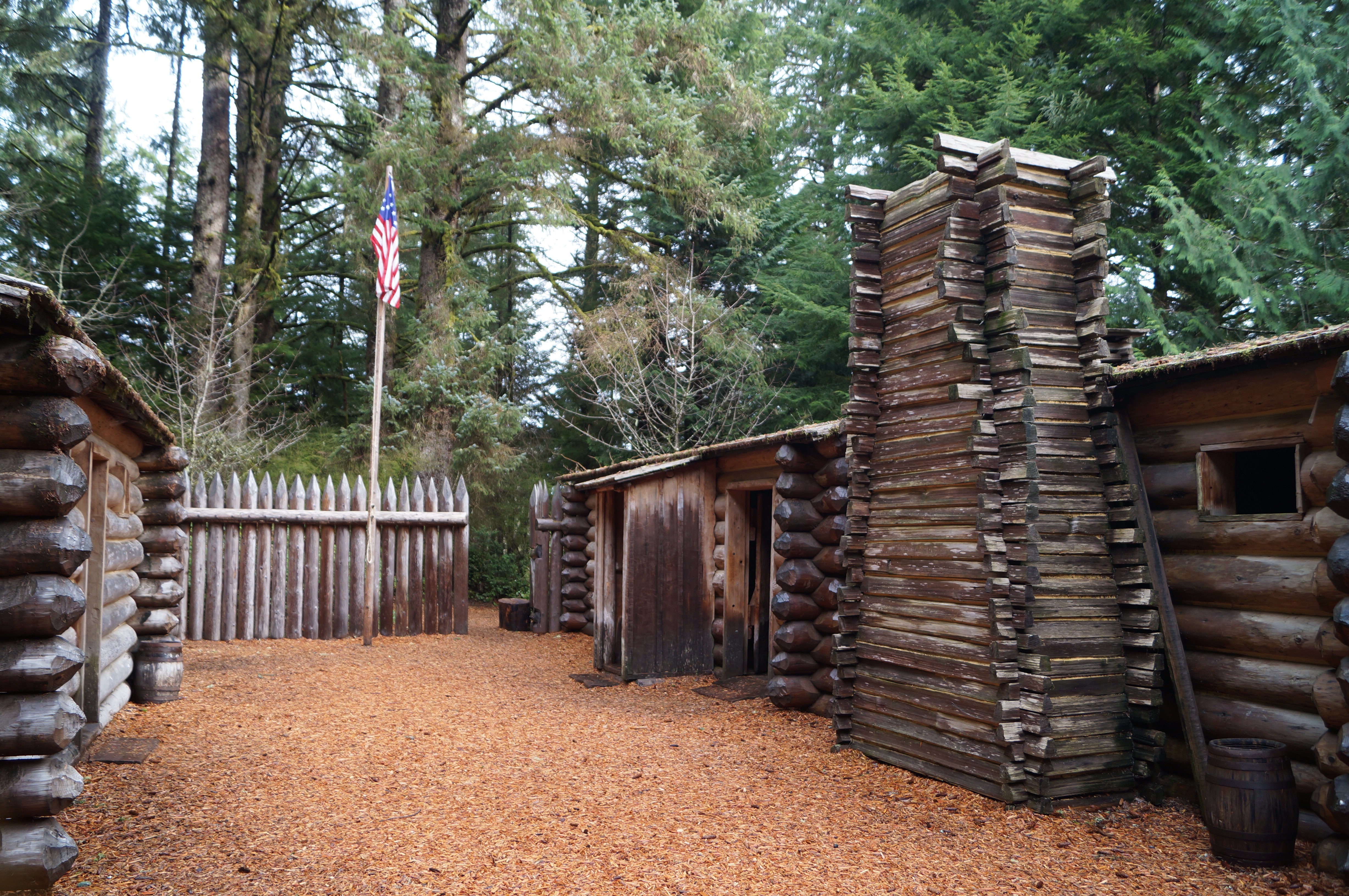
Fort Clatsop National Memorial, Dena Weigel Bell
Astoria, OR
The grand finale of your Lewis and Clark adventure ends at the Fort Clatsop National Memorial. The forest has long ago overtaken the original fort, but today visitors can walk through a replica that has been painstakingly reconstructed according to sketches drawn by Clark. Three rooms for the leaders of the party and four across the parade ground for the rest of the Corps members are open to tour and on-site reenactments portraying life at the fort go on throughout the year. Kayaking and hiking trails weave through the Clatsop Forest, providing a great opportunity to explore the Lewis and Clark River just as Captains Meriwether Lewis and William Clark and their Corp of Discovery did over a hundred years ago.
